 Abraham Lincoln
If given the truth, the people can be depended upon to meet any national crisis...
Abraham Lincoln
If given the truth, the people can be depended upon to meet any national crisis...
 Guildford news...
for Guildford people, brought to you by Guildford reporters - Guildford's own news service
Guildford news...
for Guildford people, brought to you by Guildford reporters - Guildford's own news service
Birdwatcher’s Diary No.240
Published on: 24 Sep, 2021
Updated on: 24 Sep, 2021
By Malcolm Fincham
The first day of September in metrological terms is the start of autumn. “Where did that time go?” I asked myself. All down hill to Christmas now then?
The month started on an overcast but dry theme with a high pressure system still stubbornly blocking the lively Atlantic winds.
Locally, the purple hairstreak butterfly season was coming to an end, with my last sighting of one on September 4 at Britten’s Pond, off Salt Box Road.
On the same day a walk around Riverside Nature Reserve near Burpham allowed me to discover a few delights I hadn’t seen in a while. And one that was a first for me there.
Having seen them at several Surrey locations in recent years. I found my first wasp spider in the field to the south of the lake.
The grass this year was especially long there. This was partially due to cattle having not been grazing on it. The weather had also been particularly kind for Surrey’s vegetation this year!
Another whinchat could also be found perched up on the same hawthorn bush where my previous recent sighting had been seen.
Other signs that had autumn was not far down the road were the tufted ducks that had already returned. Just five on that occasion, but numbers sure to increase as more arrive to winter there.
Canada geese had now begun to gather on the lake, varying in their numbers from day to day.
Having a personal passion to see and photo kingfishers wherever I come across them, I was grateful of another picture of one while there.
An adult great crested grebe could be seen catching a fish.
And having taken account of its size, subsequently feeding it to one of its young.
Just a short distance from Stoke Lock, down stream and along the River Wey, a pair of grey wagtails could be viewed, fly-catching along the far bank.
Controversially amusing to me was a brief chat to a small group of people who struggled to speak English. They were catching signal crayfish of which they had already caught a bucket full in just a few hours.
This non-indigenous species of North American crayfish began to infest or waterways in recent years, having originally been introduced and farmed as a food source. Unfortunately, they have decimated our native white-clawed species.
The white-clawed crayfish is the UK’s only native crayfish. Since the 1970s they have been declining rapidly. https://sac.jncc.gov.uk/species/S1092/
On September 2, day a mini heatwave arrived on the Surrey doorstep. Temperatures had risen close to 30c.
On Pewley Down the heat of the day had become oppressive. The saying “mad dogs and Englishmen” came to mind as Dougal and I walked along its south-facing slopes.
Good fortune came our way while there as we found three brown hairstreak butterflies perched-up in the blackthorn bushes that border the south-facing side of the North Downs.
The chalkhill blue butterflies that had been in good number there in what seemed just a few weeks ago, were now looking rather tatty and few and far between. But at least four spotted flycatchers could be counted.
While a common buzzard could be viewed below us as it glided around the valley that looked out toward the Chantries.
It was good to know these slopes would now be enjoyed as much by future generations.
Until recently the north-facing slopes had been quite a concern. A field had been put up for sale. More details here.
Admiring the vista for a few moments and reassured by its future, I even spied my home on the far side of Guildford.
Hearing the iconic sounds of ravens overhead we looked up to see two quite high up. As we watched, it was recognised they were in conversation with three other ravens. Merging together in a tight flock, we watched until they flew north and out of sight.
A common whitethroat, soon to leave our shores, added to the day list, as it flew along the fence-line.
At Tice’s Meadow near Badshot Lea, the black cloud that was hanging over it in respect it being sold to developers appeared to be lifting. Recent high hopes were circulating of it being saved.
The hide by water had been under water itself since last autumn. At long last it had become accessible.
The warm weather had brought out small white butterflies on the wing. The dry conditions attracting some of them to cluster in a damp area close to the hide.
Instantly noticeable from the “mound” where the other hide stands, was a great white egret that had already spent a few days there.
More elusive to view were the common snipe that had made their return, mostly hidden within the fauna.
That was until a peregrine appeared from “out of nowhere” scattering the wildfowl in the hope of catching one unaware.
On this occasion passing through and away with talons empty.
A kestrel continued to be seen, hovering over the grassland hunting rodents.
While a hobby, unpredictably would fly through in the hope of a dragonfly or two.
A few relaxing spells at Britten’s Pond allowed me some therapeutic time to observe the resident kingfisher as it flew back and forth low across the water.
Occasionally coming close enough for a few photo-shots.
The contact calls on chiffchaffs could be heard from every fishing swim around the lake.
A grey heron, prehistoric in their countenance, glided around the pond looking for a place to perch.
As the timeless in their creation dragonflies hovered over the water.
Like “the creature from the black lagoon,” a large carp breached the water surface allowing me a lucky photo as it did so.
Although most swifts had already made their return to Africa, on September 6 three more past through, briefly circling the pond fly-catching, then continuing their journey.
While local breeding swallows appeared to have moved on by the second week of the month.
Just the other side of the railway line from Britten’s Pond lies Whitmoor Common.
The highlights of my visit there included…
A great spotted woodpecker that I watched drumming on a dead branch high up in the canopy.
A female kestrel perched up, momentarily before taking flight having noticed my presence.
Some of the thrushes, including blackbirds now going through their moult had already begun to feed on the mountain ash berries.
And a mistle thrush.
Out on the heathland a male kestrel was less concerned, perched up on a young pine tree.
From a distance, I watched him for over 10 minutes as he took on various poses before eventually perching up.
A few jays were glimpsed, constantly aware of what was going on about them and totally conscious of my proximity and making themselves a challenge to photo.
While meadow pipits had already begun to grow in numbers.
At Thursley Common, grayling butterflies could still be seen as we approached the middle of the month.
A hobby flew low overhead, twisting on a “sixpence”, as it did so!
The weather continued to be warm enough to see a few common lizards taking some warmth from a small area of the boardwalk that had been renewed.
While stonechats continued to show well there, even managing to get a few photos of a male and female together.
And a variety of dragonflies were on display. Although not being too hot on my recognition of the various species, I even made an attempt to name a few of the ones I photographed.
Recent Articles
- Fake News To Be Examined at the Guildford Institute
- Updated: Crop Fire Destroys Wheat Field on the Slopes of the Hog’s Back Near Guildford
- Update: Roadworks Planned for Portsmouth Road Postponed
- Guildford Students’ Artwork on Display at the National Gallery
- Thames Water Announce Hosepipe Ban – But Not for Guildford
- Letter: Normandy Proposal Needs A Proper Services Audit
- Notice: Free Bereavement Support Programme
- Normandy Housing Plan Reignites Concerns Over ‘Damage To Our Community’
- Letter: The Class of 1955 Meets 70 Years On.
- Highways Bulletin: Reimagining Parking with Green Design



Search in Site
Media Gallery
Dragon Interview: Local Artist Leaves Her Mark At One of England’s Most Historic Buildings
January 21, 2023 / No Comment / Read MoreDragon Interview: Lib Dem Planning Chair: ‘Current Policy Doesn’t Work for Local People’
January 19, 2023 / No Comment / Read MoreA3 Tunnel in Guildford ‘Necessary’ for New Homes, Says Guildford’s MP
January 10, 2023 / No Comment / Read More‘Madness’ for London Road Scheme to Go Ahead Against ‘Huge Opposition’, Says SCC Leader
January 6, 2023 / No Comment / Read MoreCouncillor’s Son Starts Campaign for More Consultation on North Street Plan
December 30, 2022 / No Comment / Read MoreCounty Council Climbs Down Over London Road Works – Further ‘Engagement’ Period Announced
December 14, 2022 / No Comment / Read MoreDragon Interview: GBC Reaction to the Government’s Expected Decision to Relax Housing Targets
December 7, 2022 / No Comment / Read MoreHow Can Our Town Centre Businesses Recover? Watch the Shop Front Debate
May 18, 2020 / No Comment / Read More



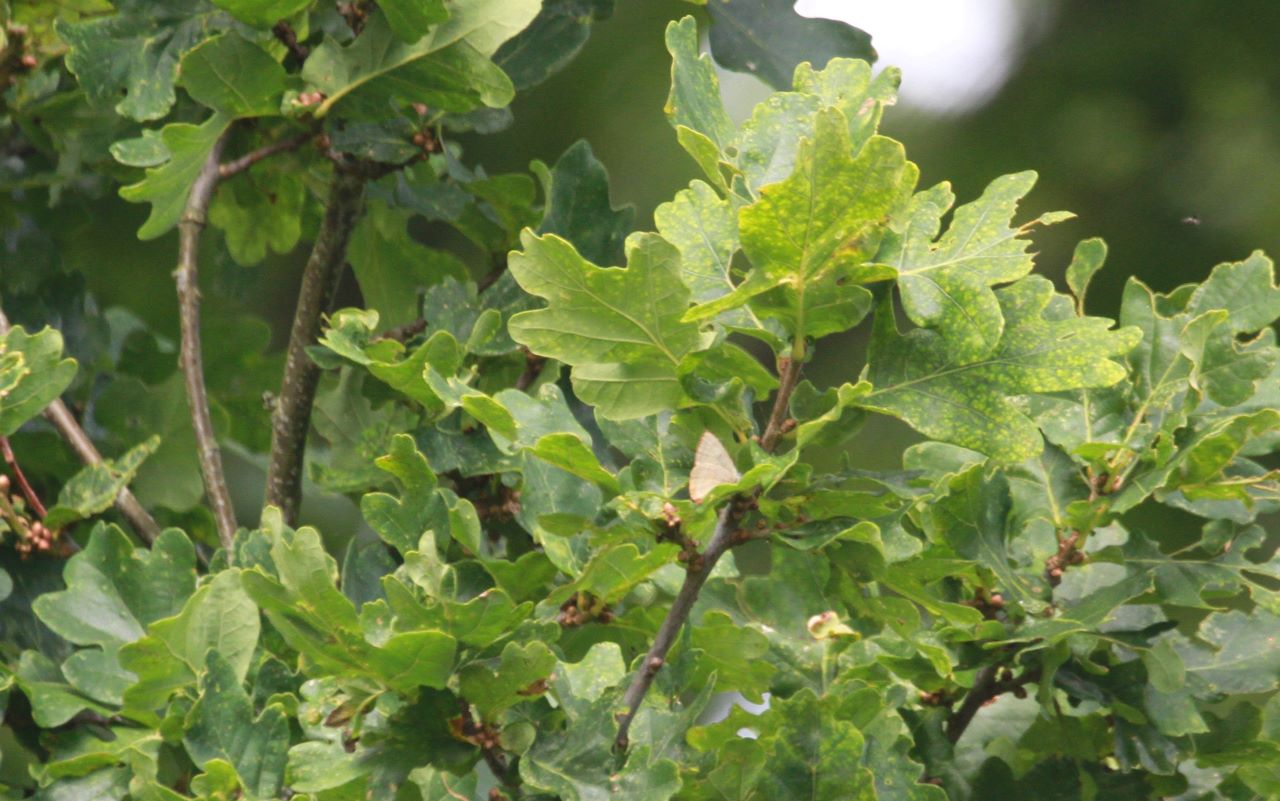
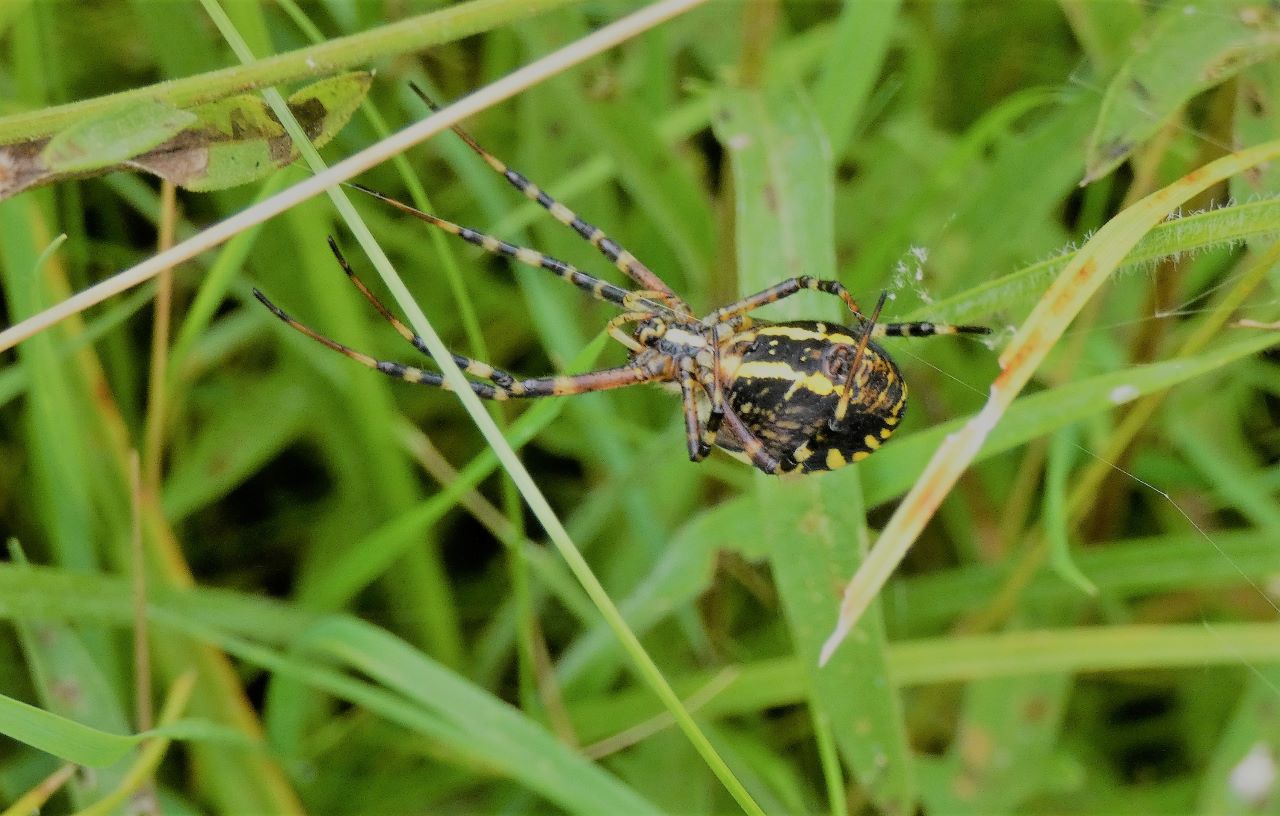
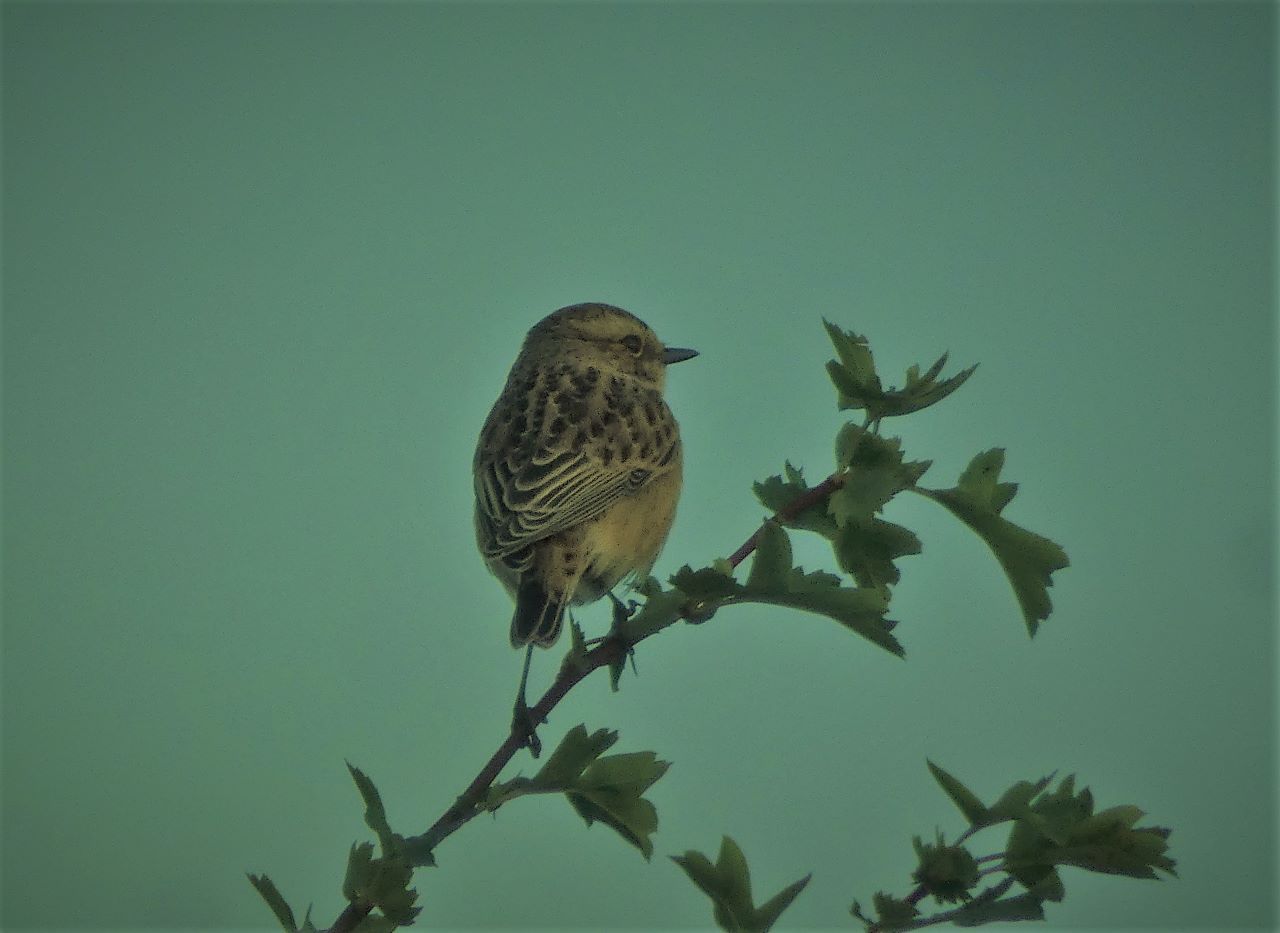
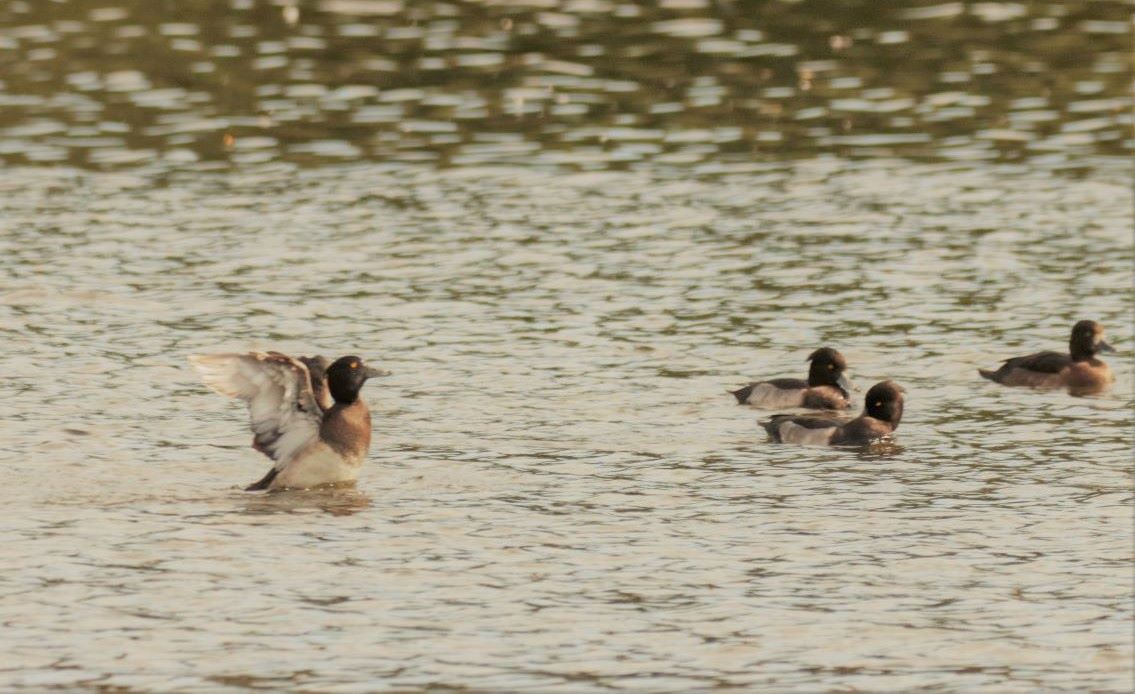
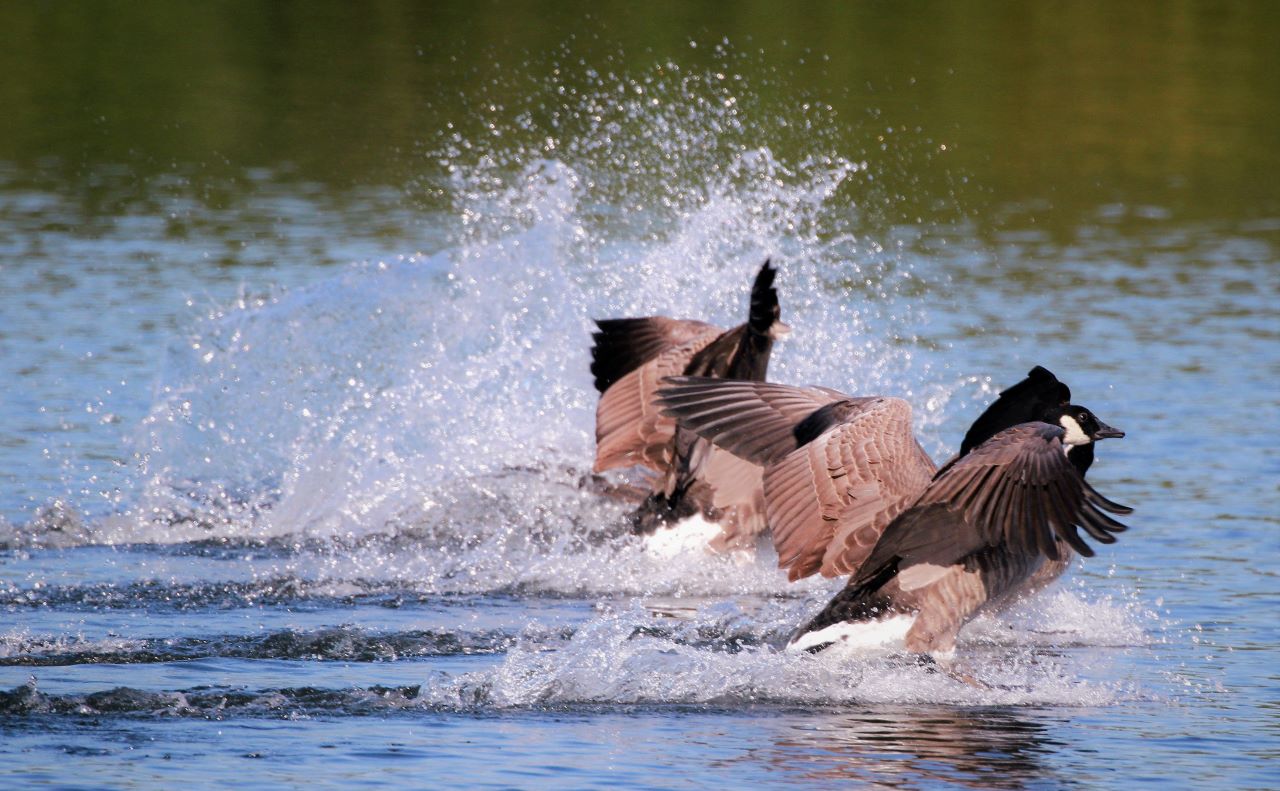

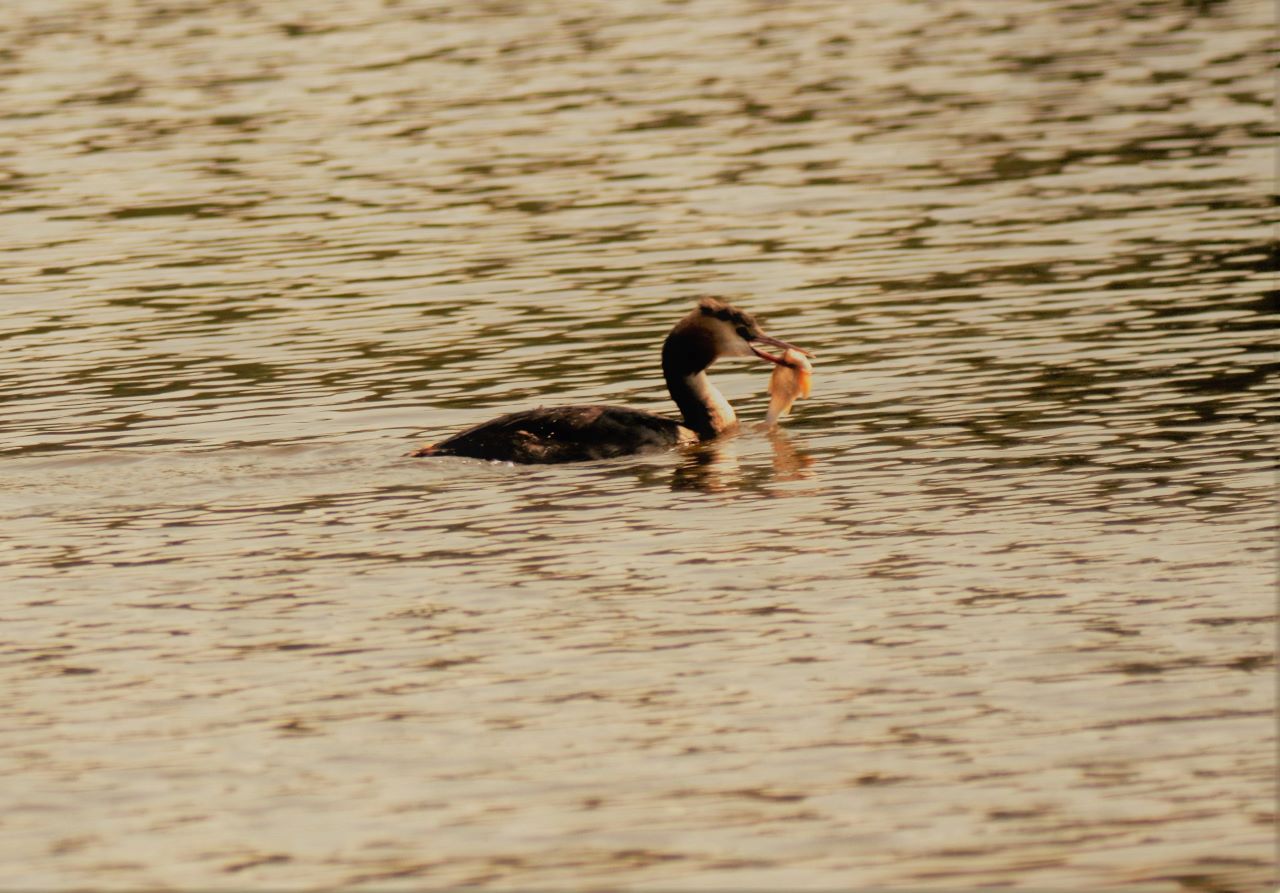

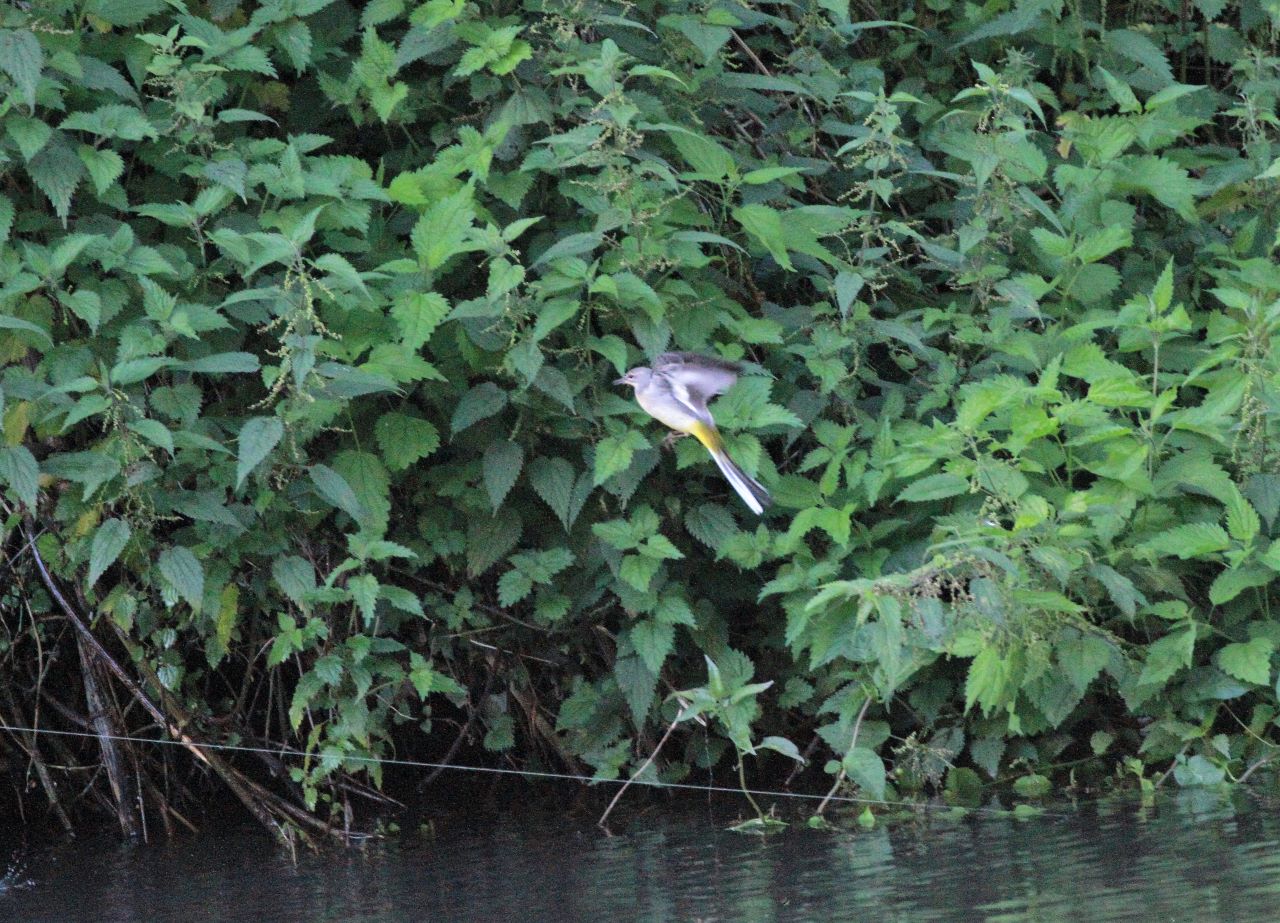


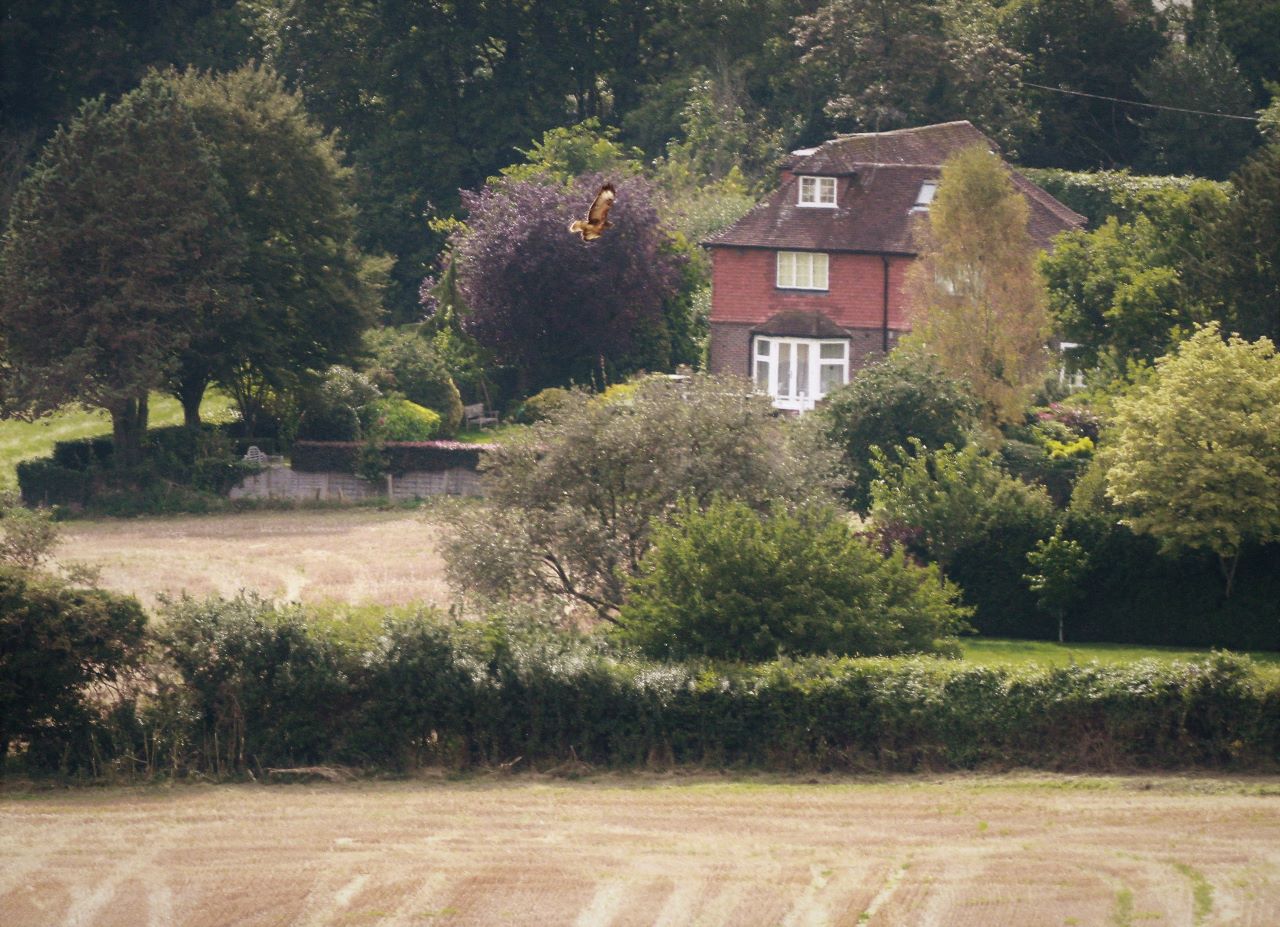

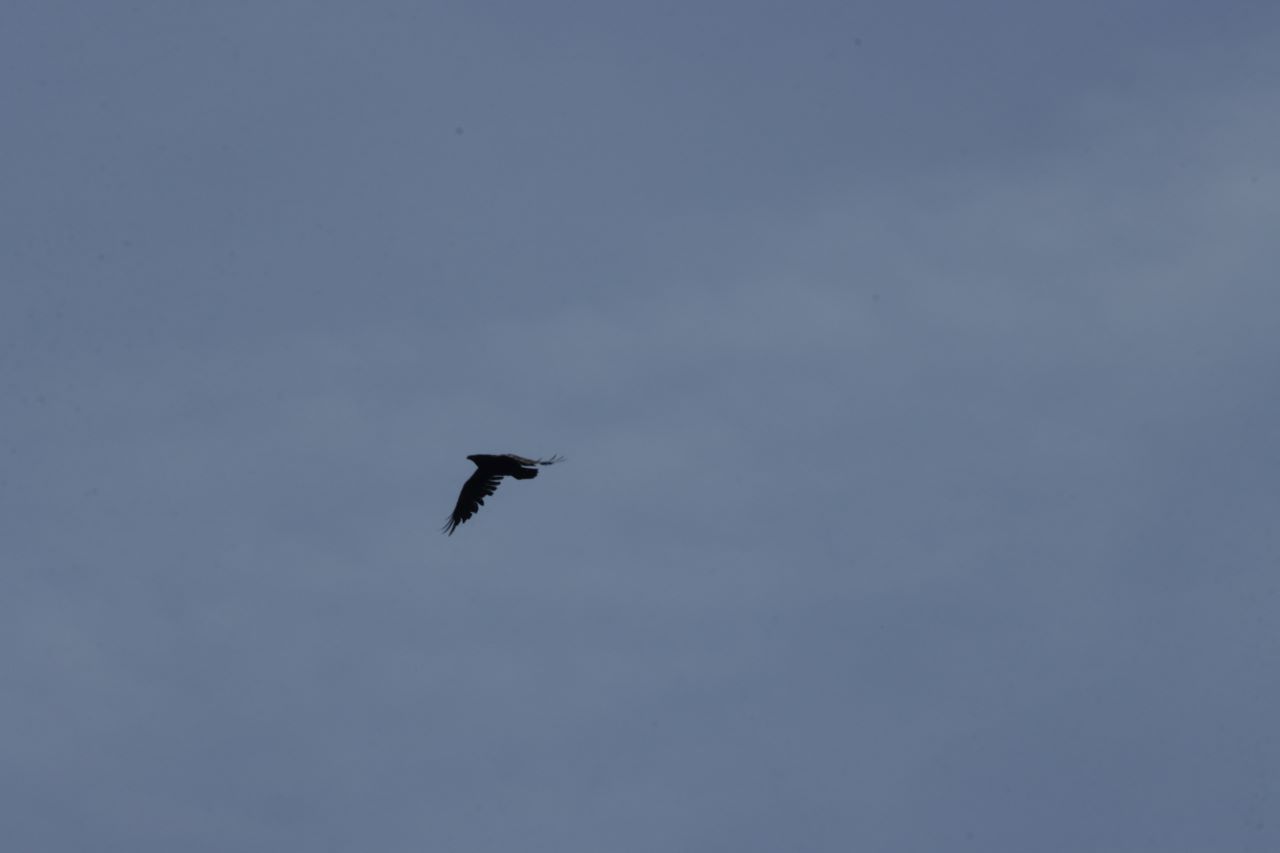

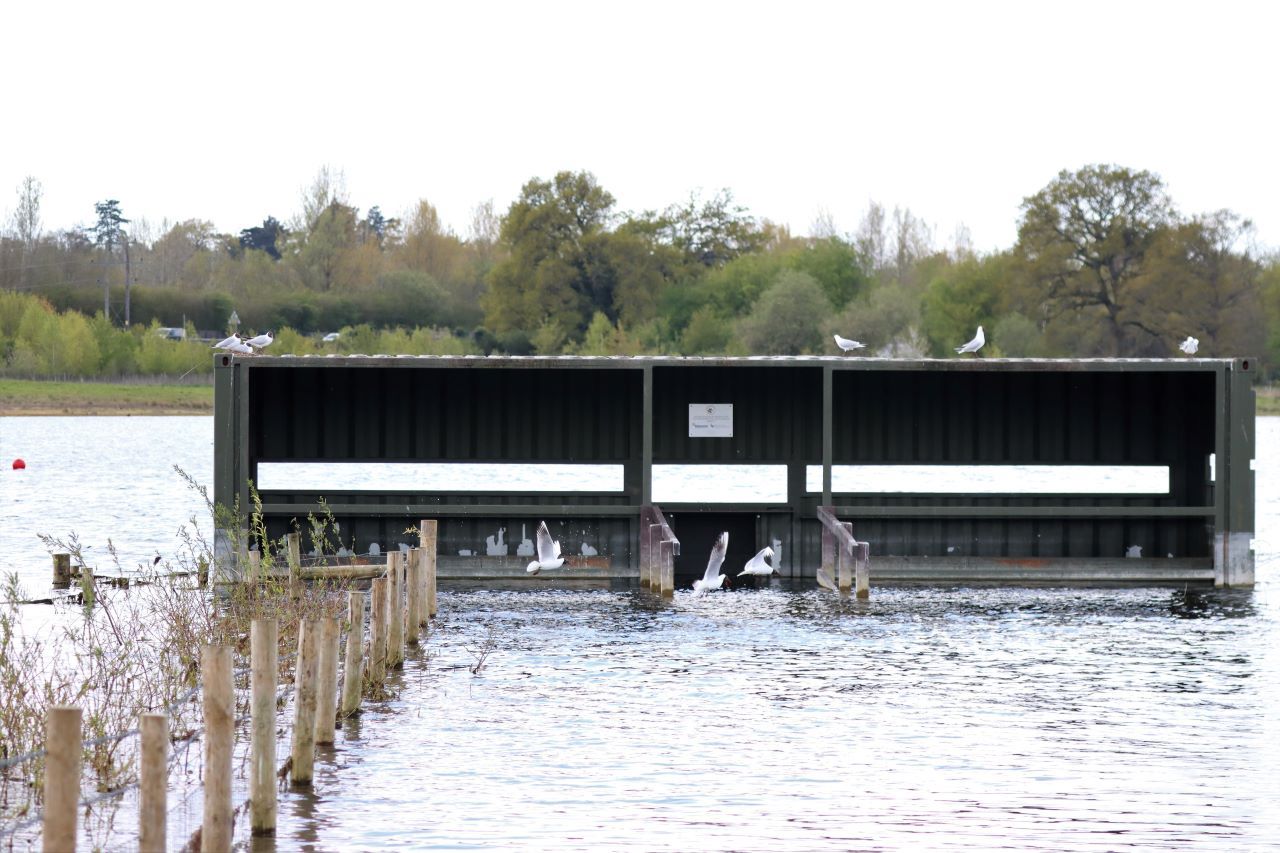
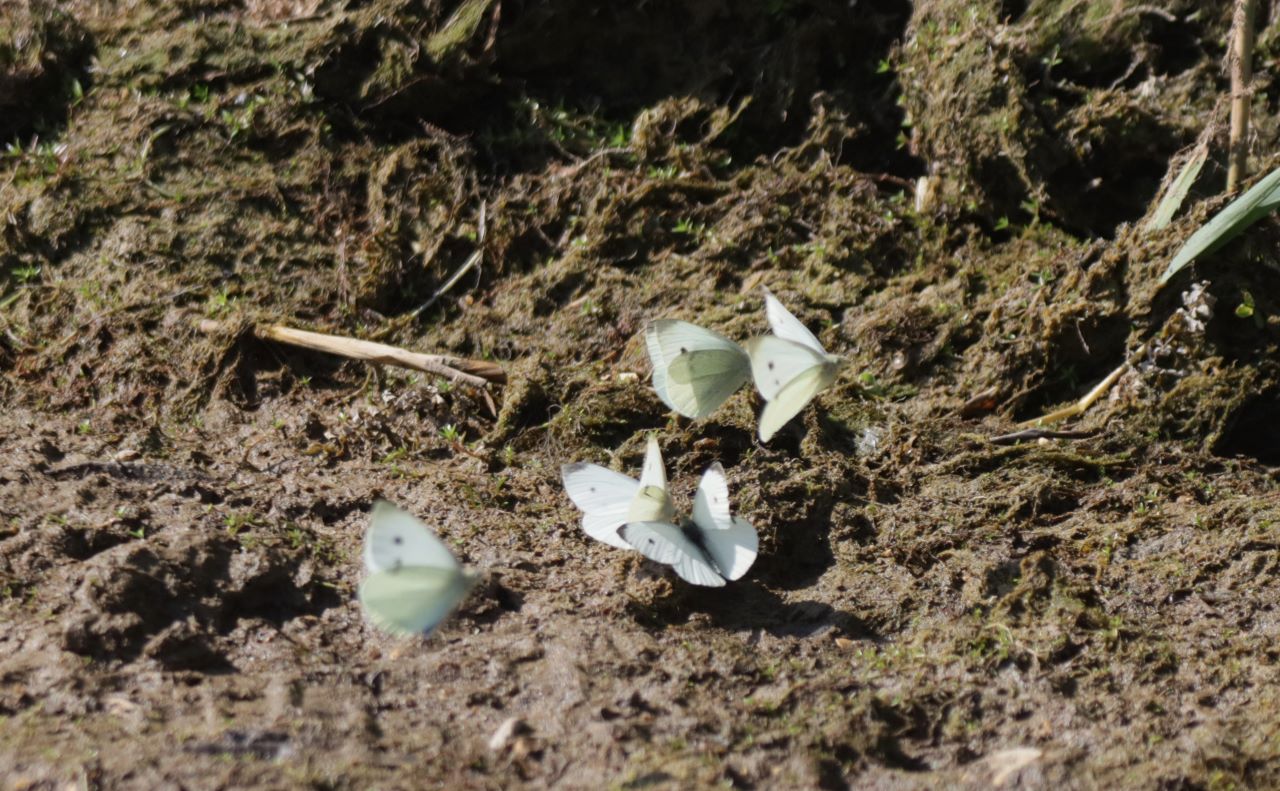
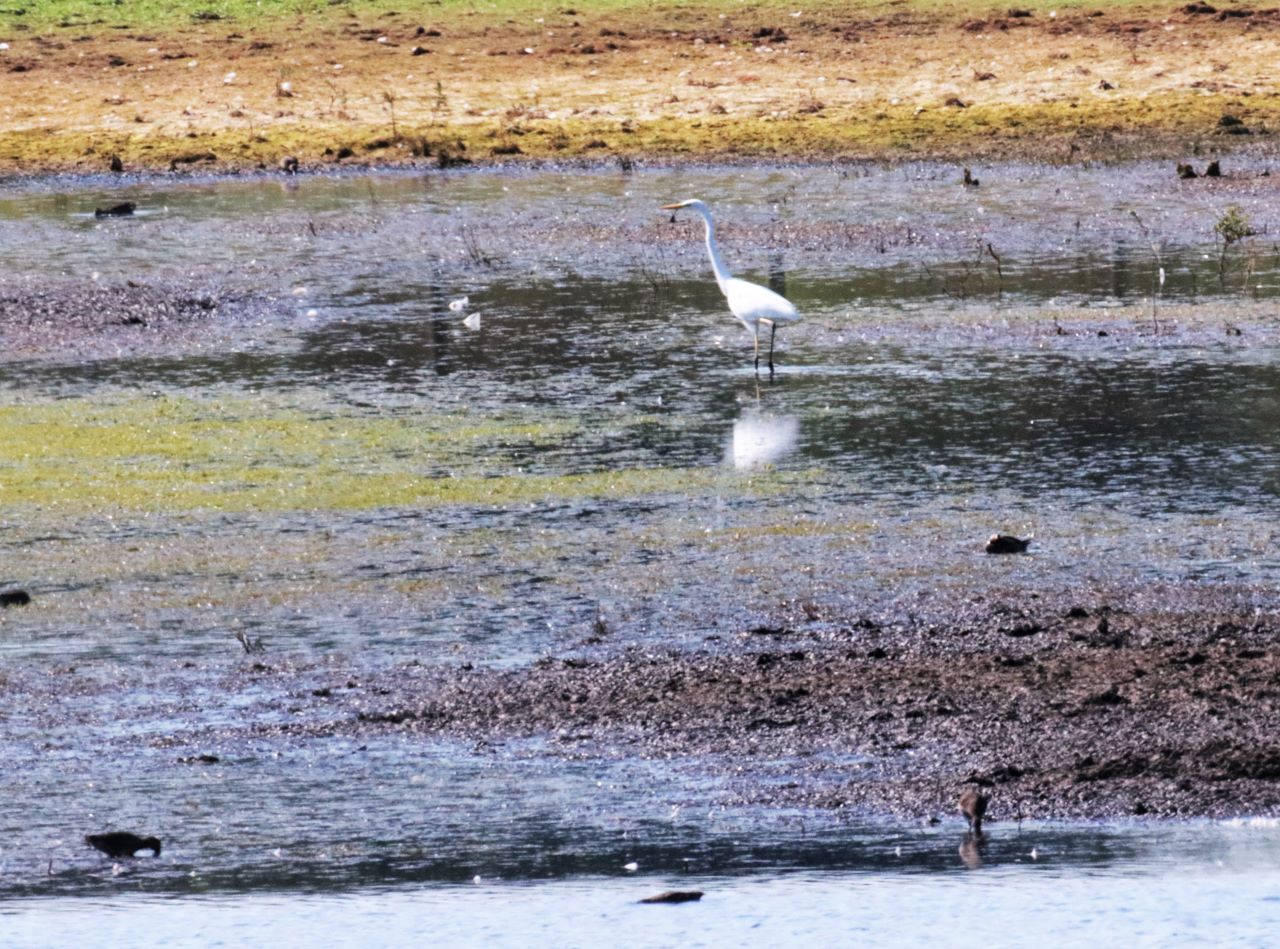

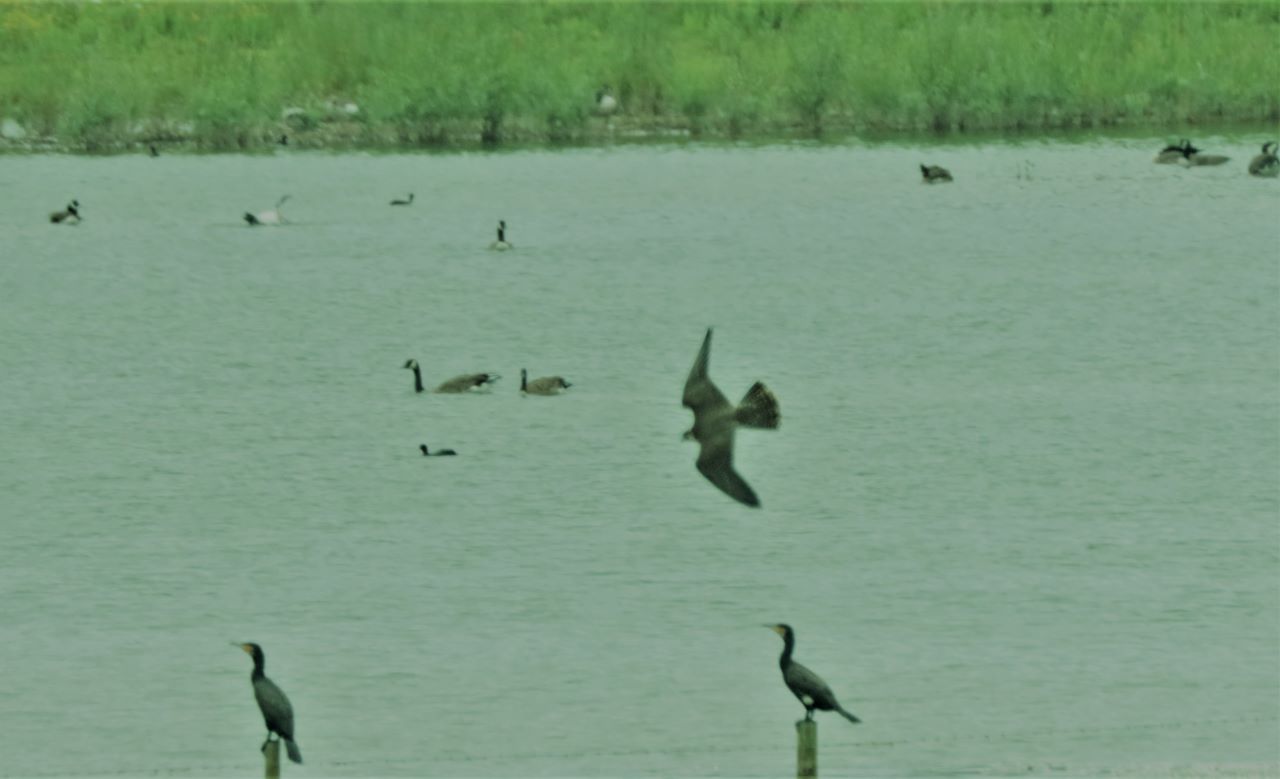

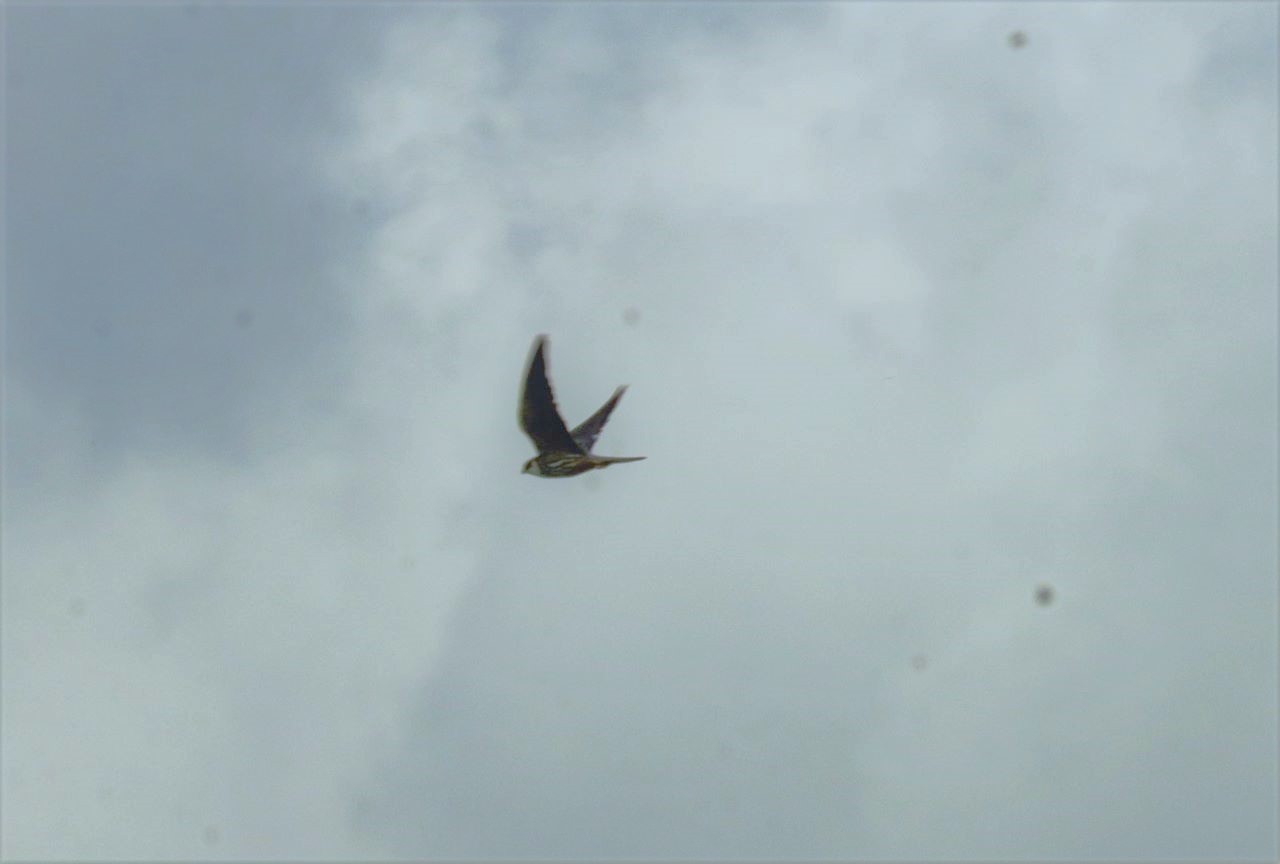
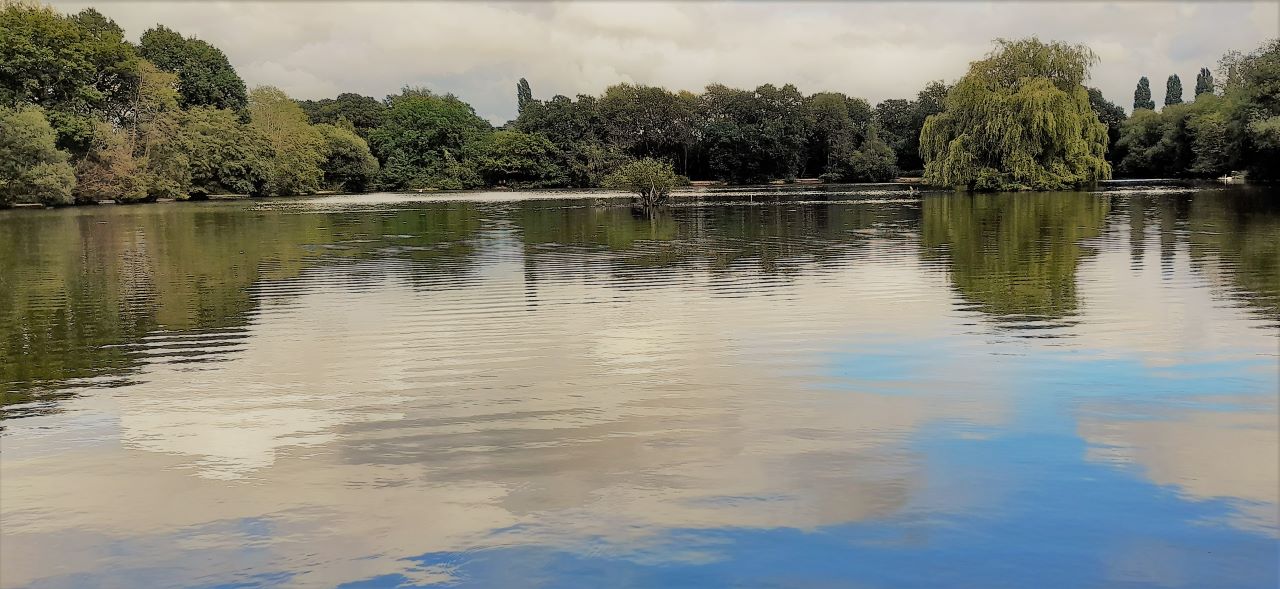


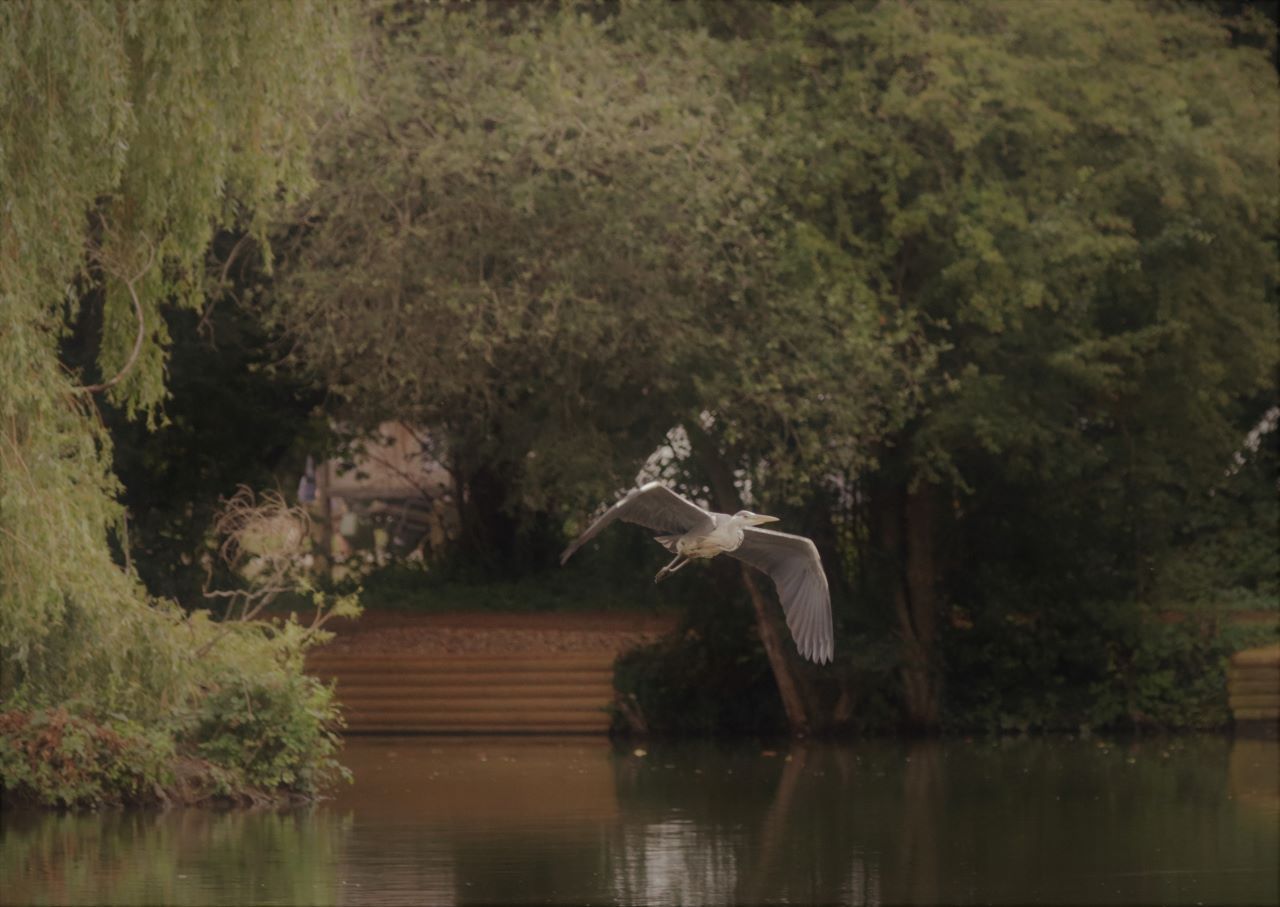
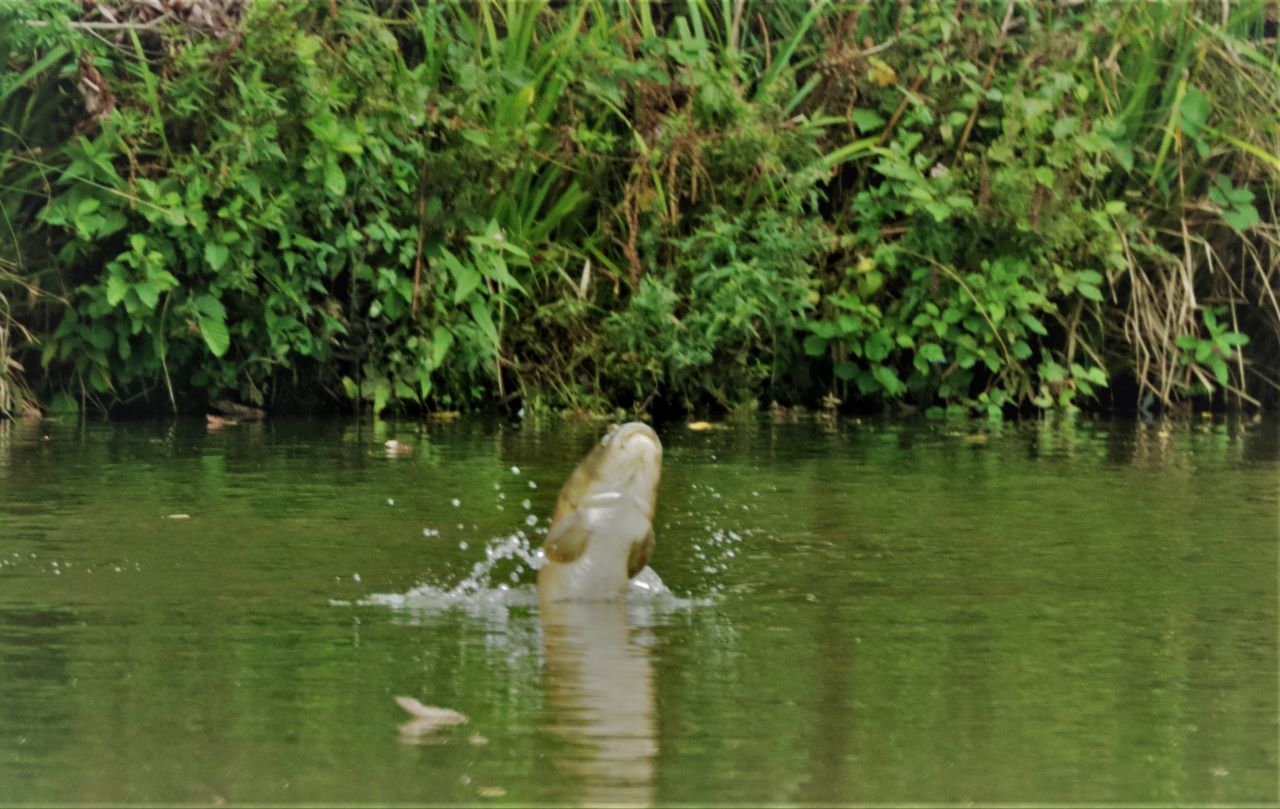


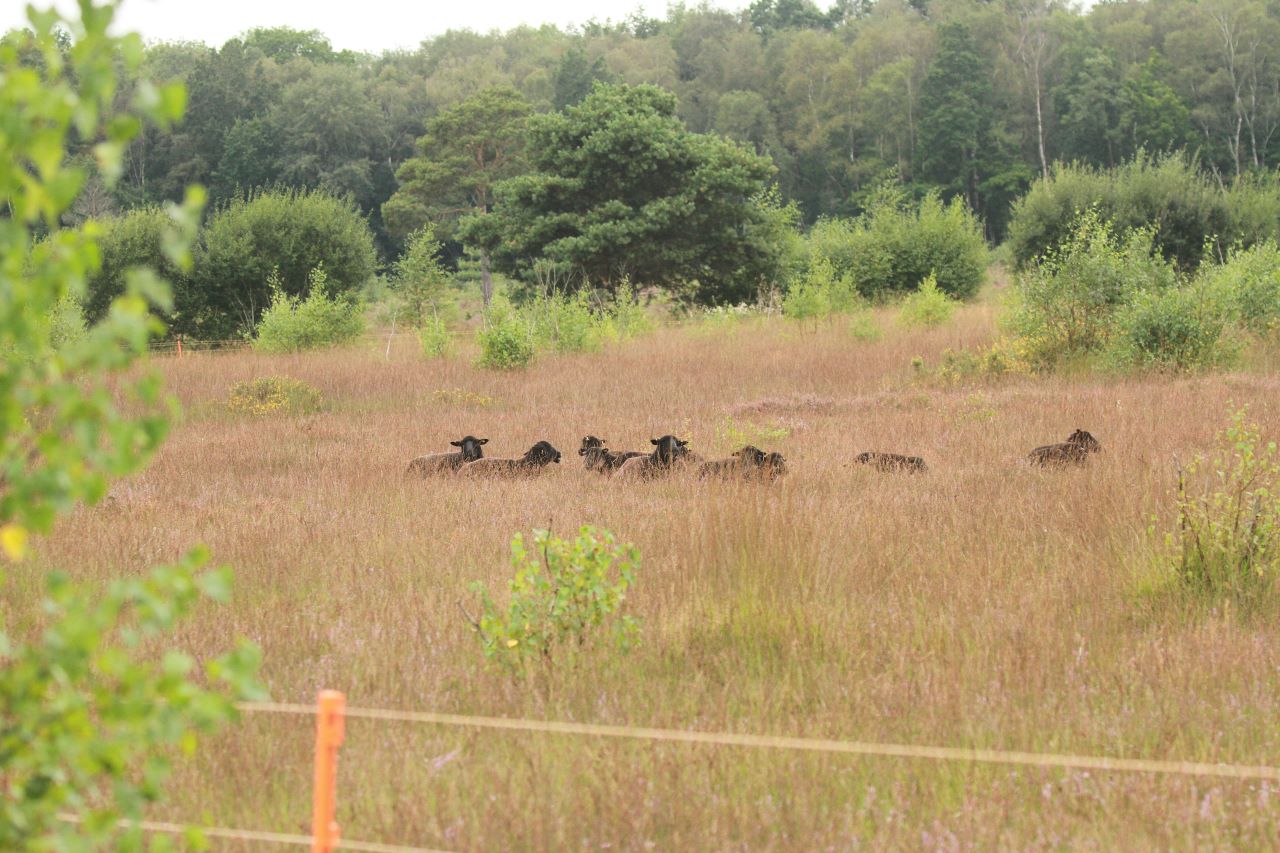
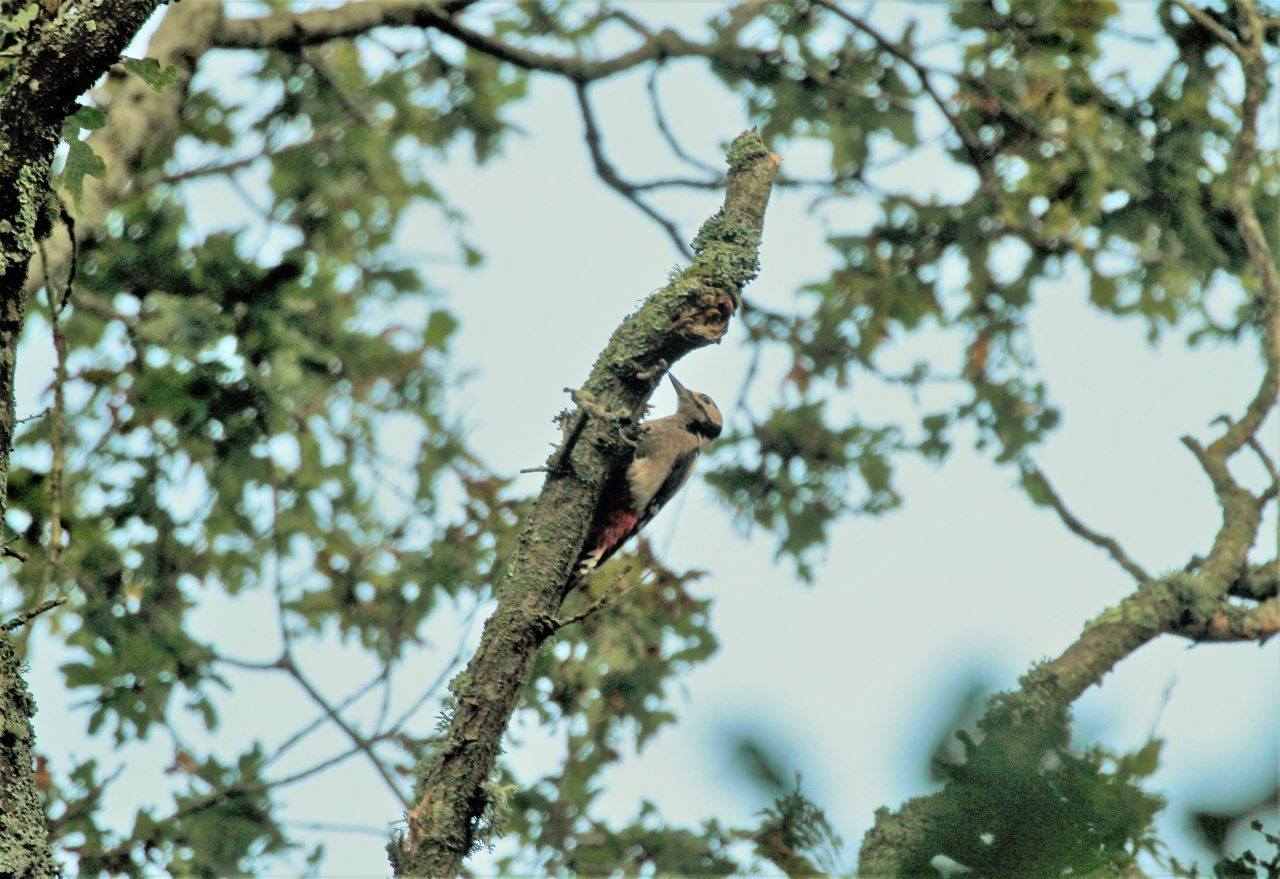

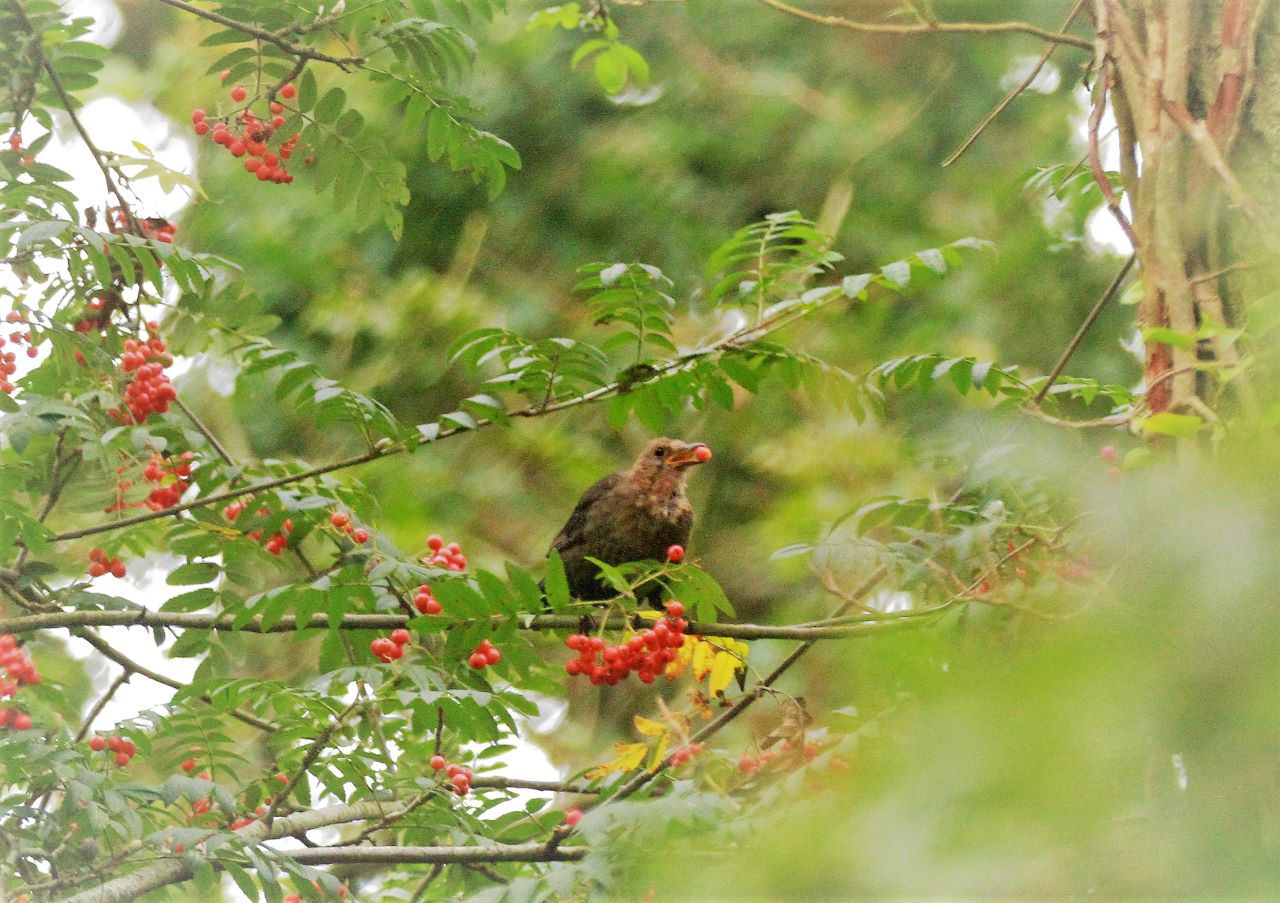
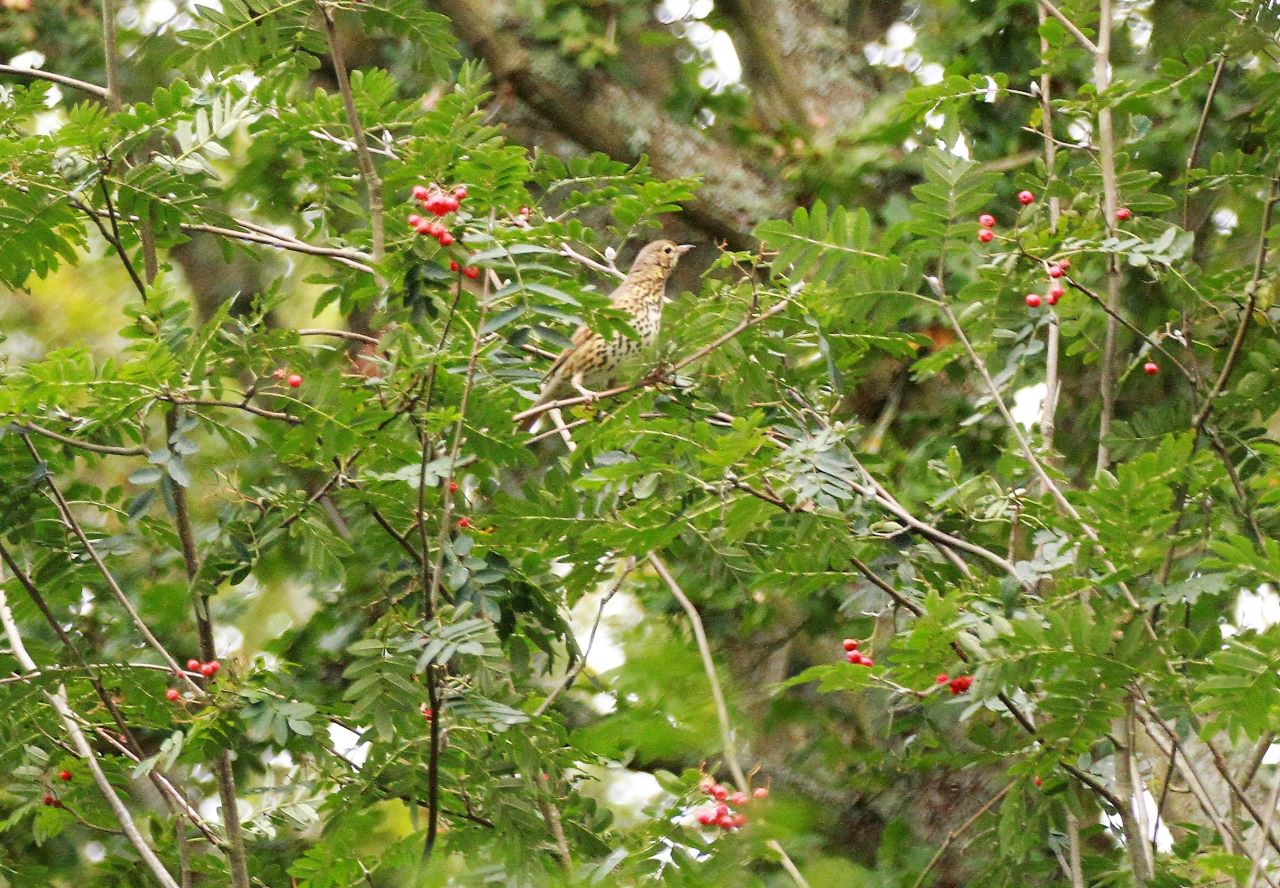
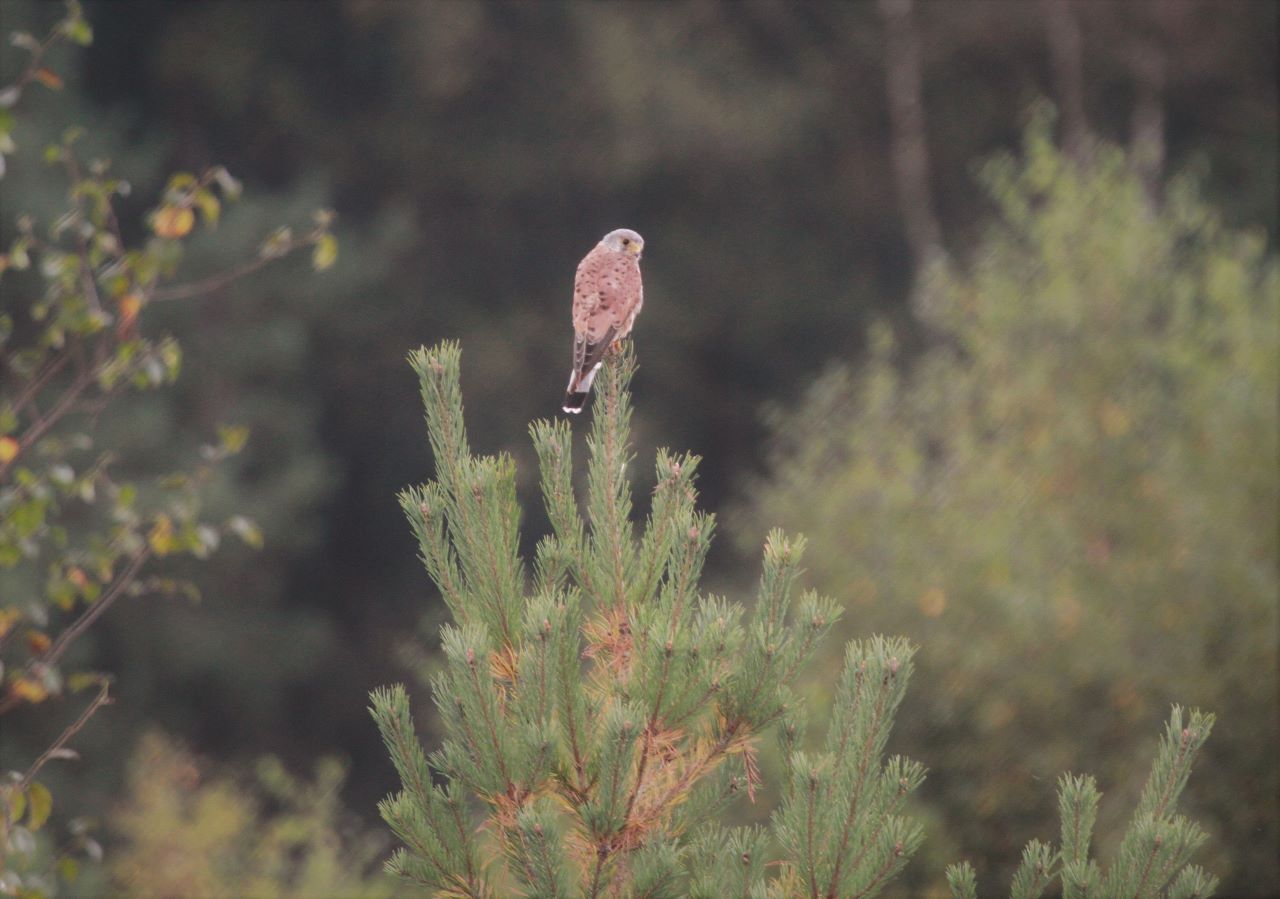
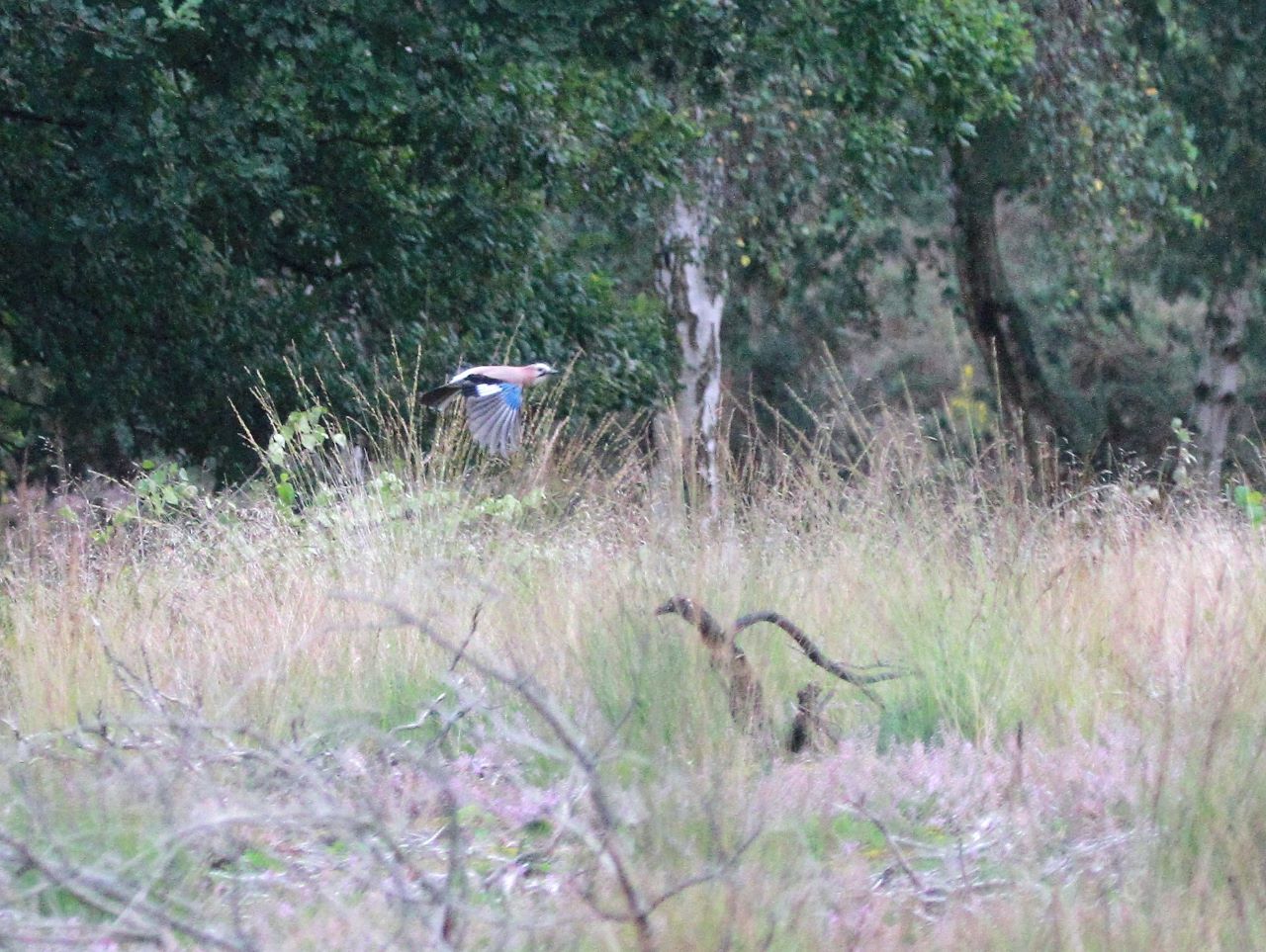
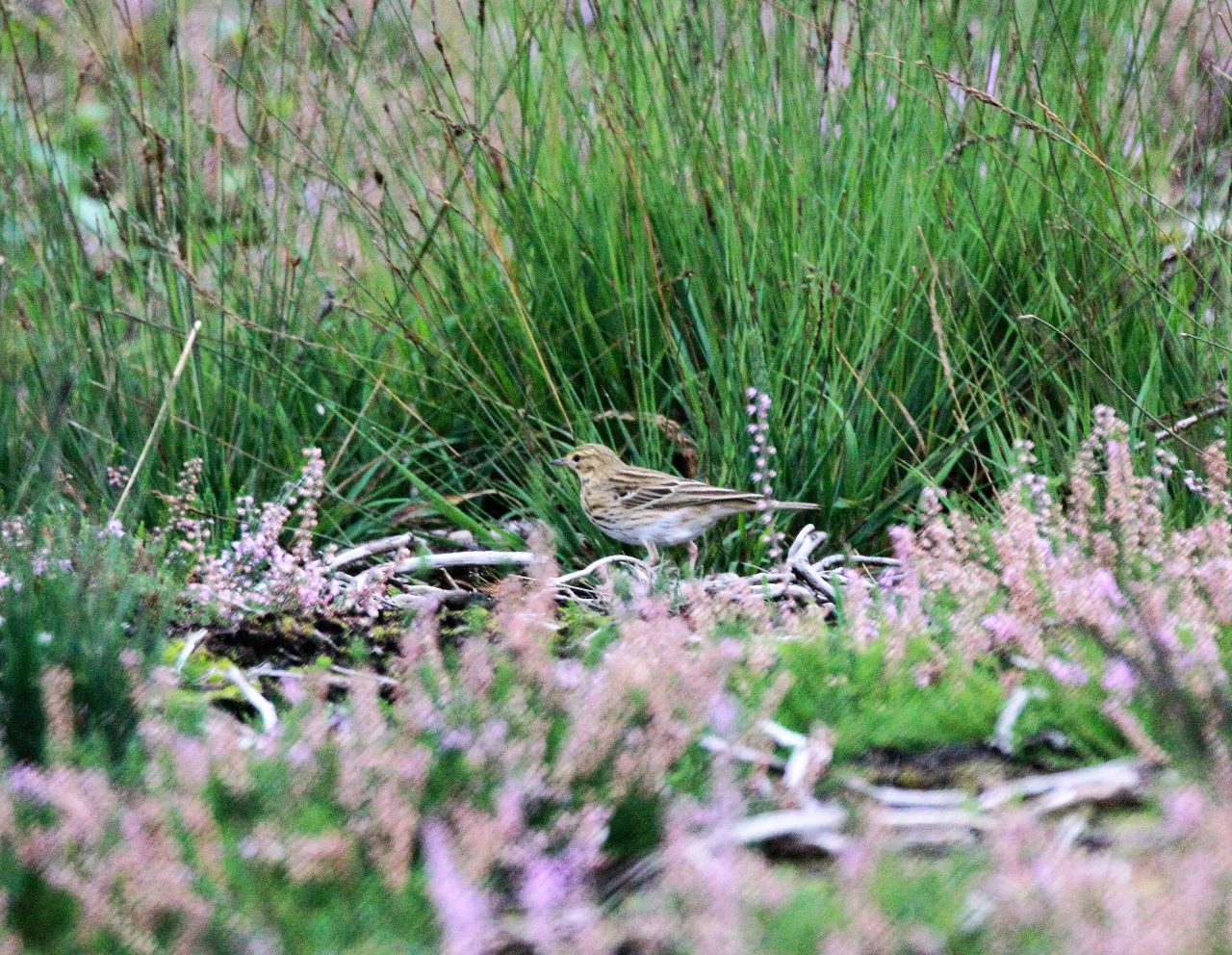

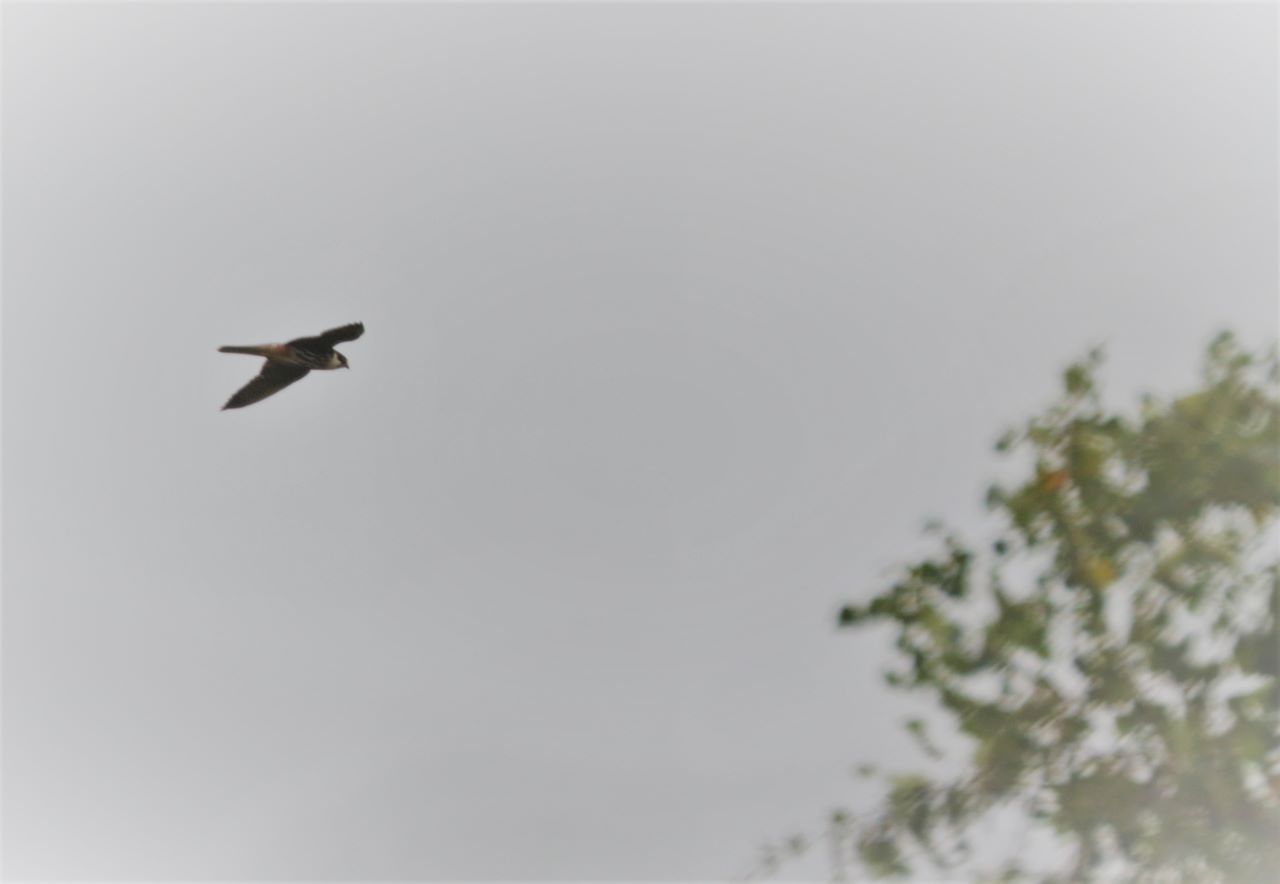


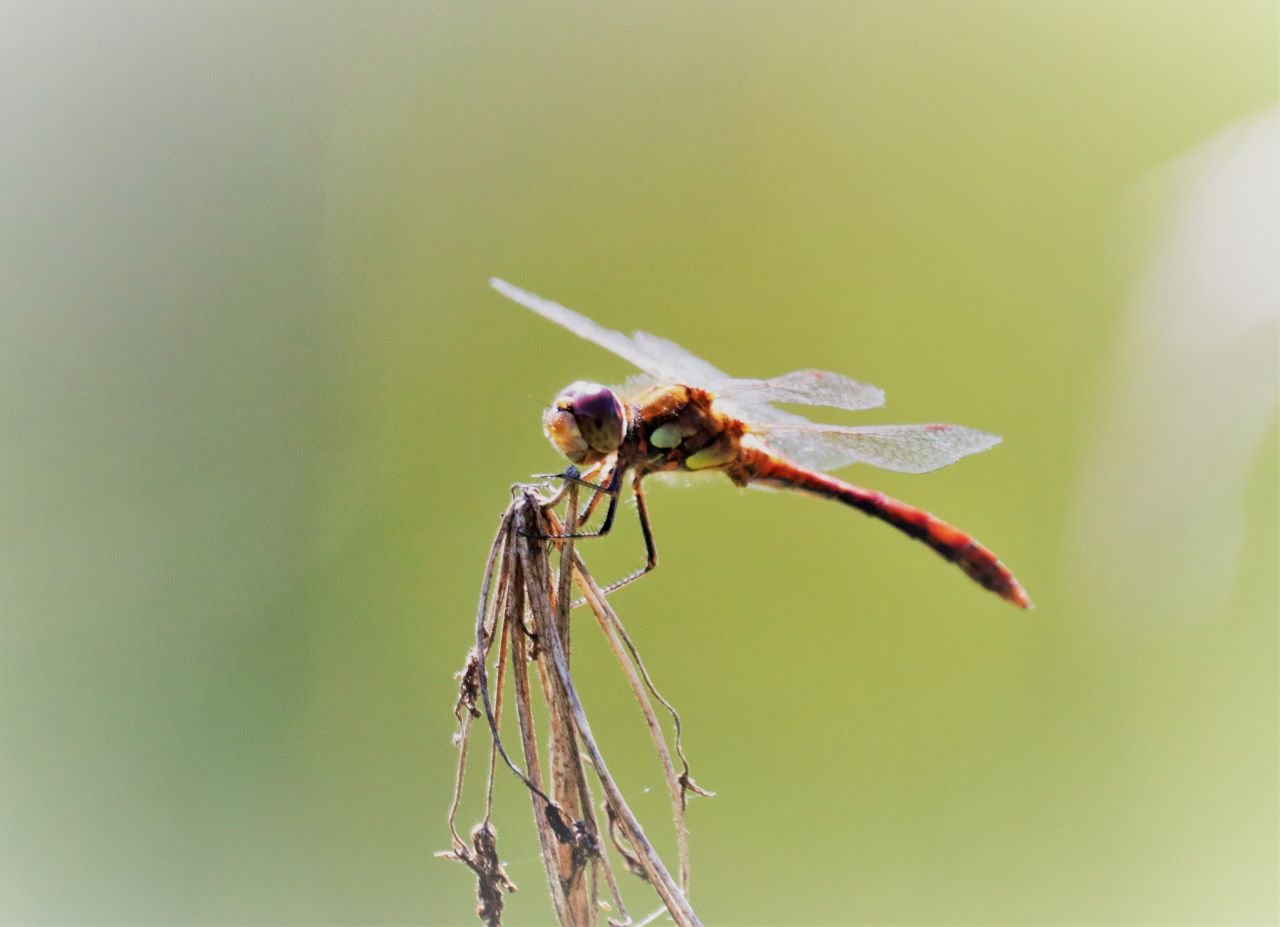










Recent Comments